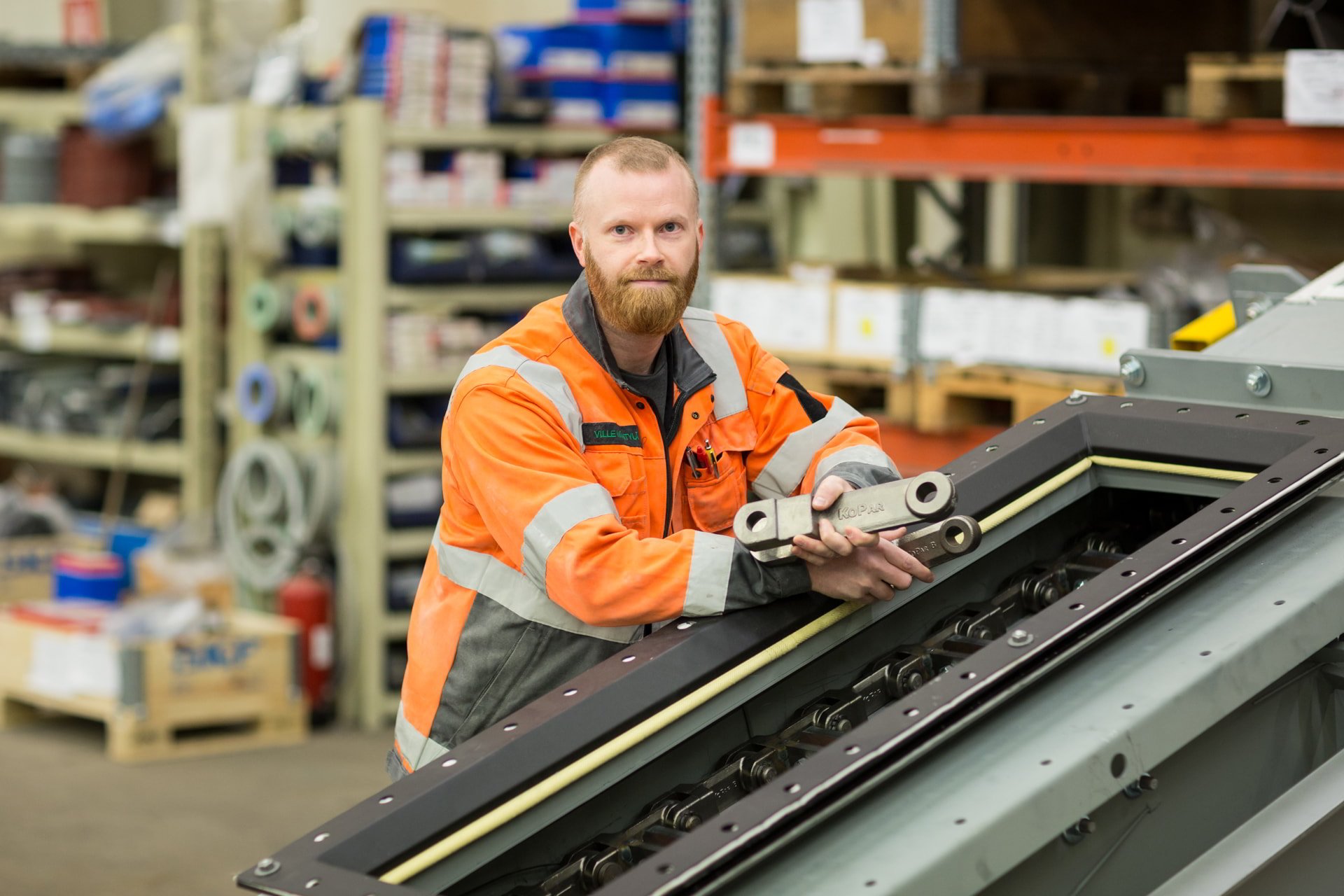Removing dust from waste heat boilers is crucial for maintaining their efficiency and preventing operational issues. Dust buildup can lead to blockages and corrosion, reducing the boiler's heat transfer efficiency and increasing energy consumption. Regular maintenance helps prevent these issues, ensuring optimal performance. Techniques such as filtration, cyclone separators, and electrostatic precipitators are commonly employed for dust removal. Kopar offers expertise in enhancing boiler efficiency through advanced dust removal systems, promoting reliability and longevity.
What is the role of dust removal in waste heat boilers?
Dust removal plays a pivotal role in maintaining the efficiency and functionality of waste heat boilers. By preventing dust accumulation, these systems avoid blockages and corrosion, which can significantly impair the boiler's performance. The buildup of dust can obstruct the pathways for heat transfer, leading to a decline in efficiency and increased operational costs. Therefore, effective dust removal ensures that the boilers operate smoothly and efficiently, extending their operational life and reducing unexpected downtimes.
How does dust accumulation affect boiler performance?
Dust accumulation can severely impact boiler performance by reducing heat transfer efficiency. When dust settles on the heat exchange surfaces, it forms an insulating layer that hinders the transfer of heat. As a result, the boiler requires more energy to achieve the desired temperature, leading to increased fuel consumption and operational costs. Additionally, the presence of dust can cause wear and tear on the components, potentially leading to damage and costly repairs.
Why is regular maintenance important for waste heat boilers?
Regular maintenance is critical in preventing dust-related problems in waste heat boilers. Routine inspections and cleaning help identify and remove dust build-up before it becomes problematic. This proactive approach ensures that the boilers operate at peak efficiency, reducing energy consumption and extending the equipment's lifespan. Furthermore, regular maintenance can detect early signs of wear and tear, allowing for timely repairs and preventing costly breakdowns.
What methods are used for dust removal in waste heat boilers?
Various techniques are employed for dust removal in waste heat boilers, each with its unique advantages. Filtration systems use a physical barrier to capture dust particles, while cyclone separators utilize centrifugal forces to separate dust from gases. Electrostatic precipitators, on the other hand, use electrical charges to attract and capture dust particles. Each method is designed to efficiently remove dust, ensuring that the boilers operate cleanly and efficiently.
How can Kopar assist in optimising boiler performance?
Kopar specializes in optimizing industrial processes, including enhancing the performance of waste heat boilers. With our expertise in dust removal systems, we offer advanced solutions that improve boiler efficiency and reliability. Our tailor-made systems are designed to meet the specific needs of each operation, ensuring effective dust removal and optimal performance. By partnering with us, industries can achieve improved energy efficiency, reduced maintenance needs, and a longer operational life for their boilers.

You have a challenge that needs solving?
Let us help! Contact us for more information about our products and services.
